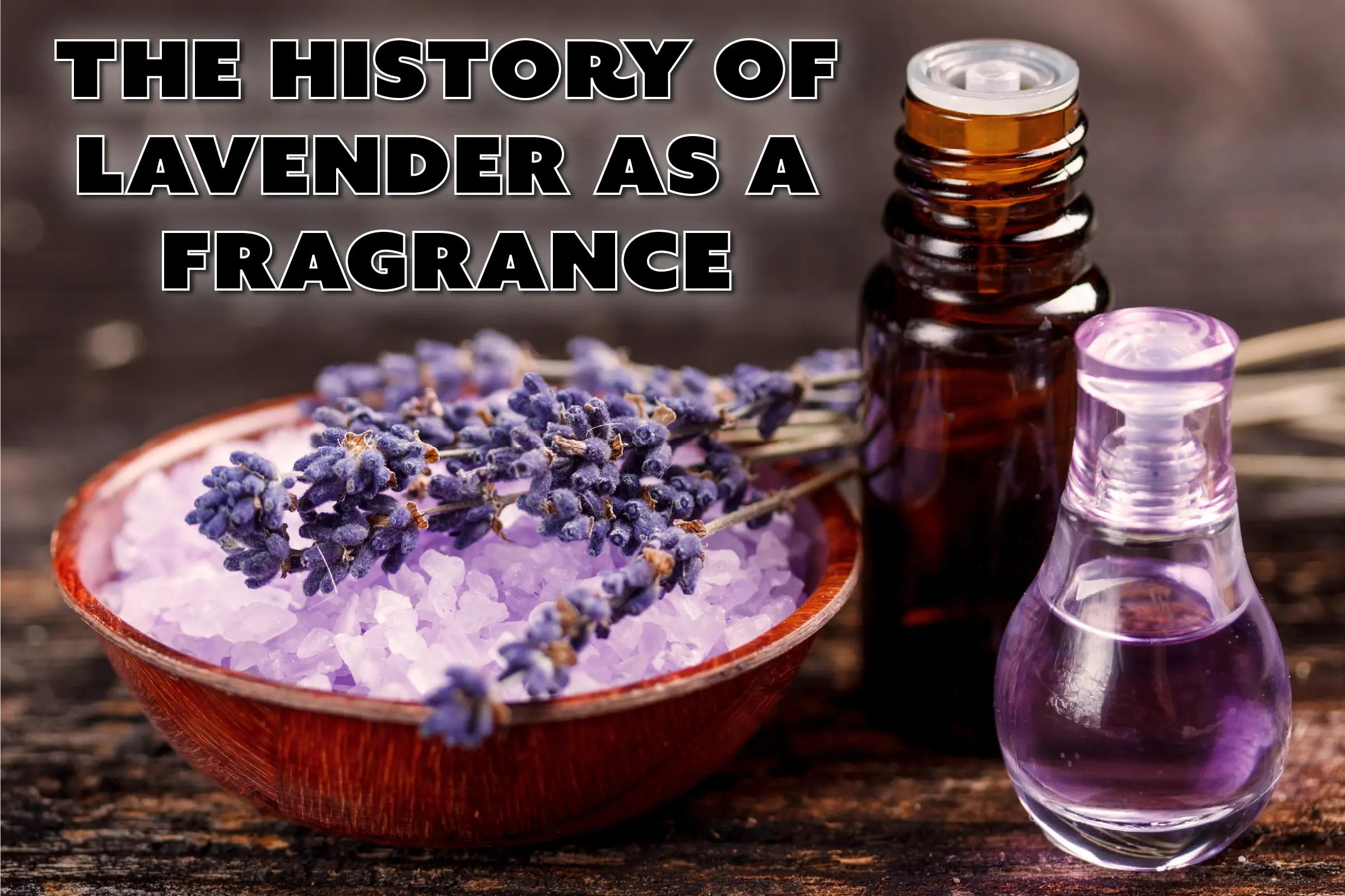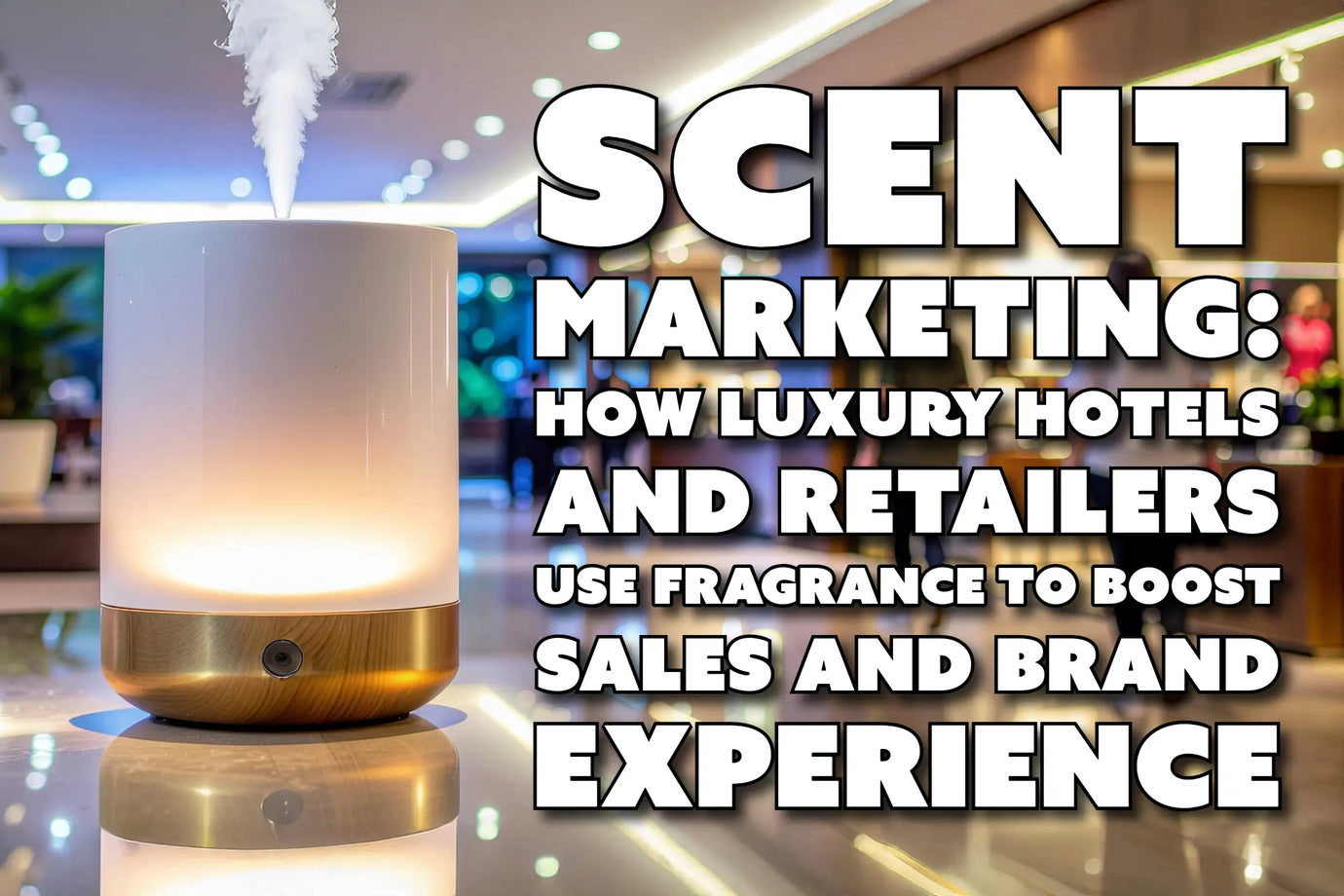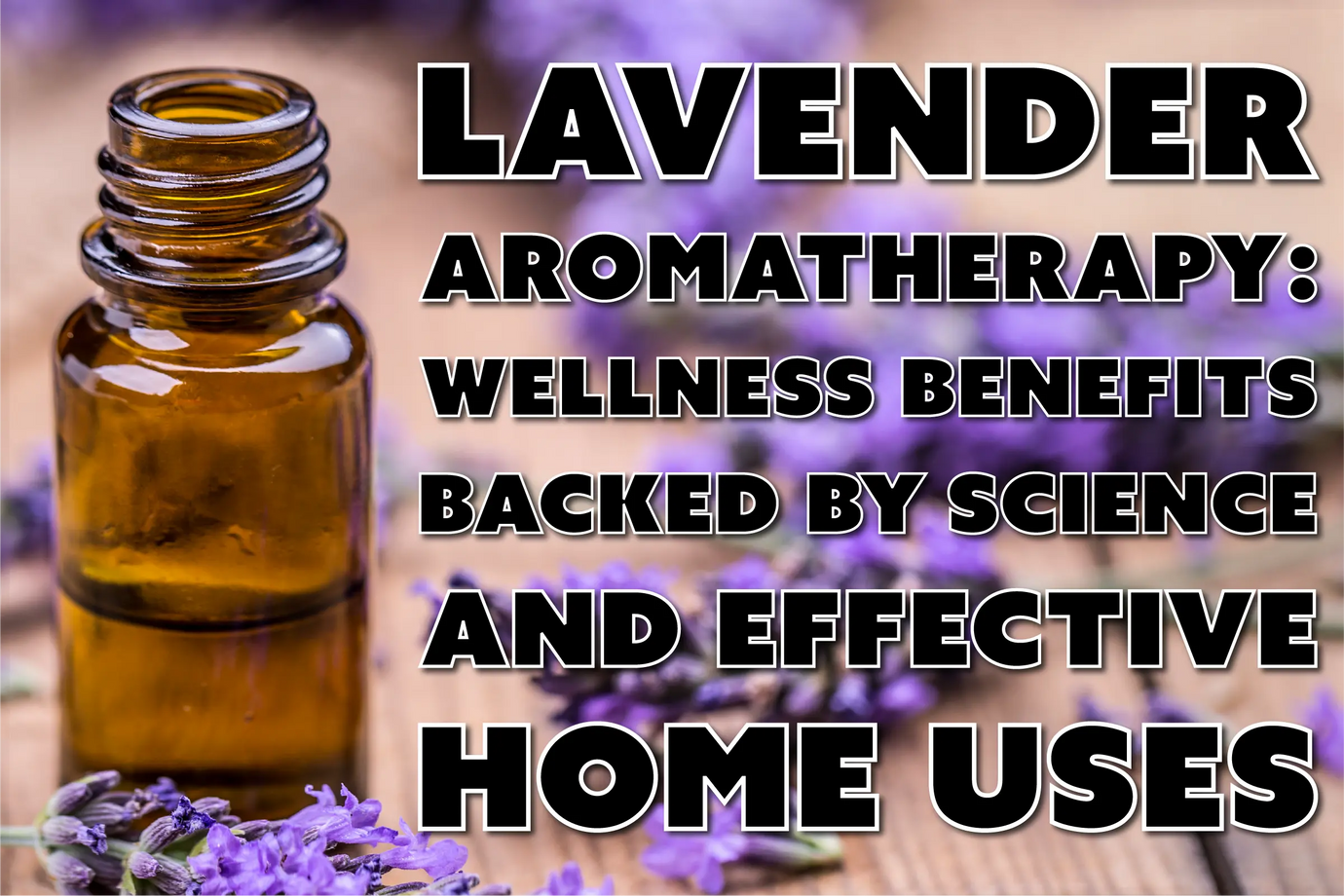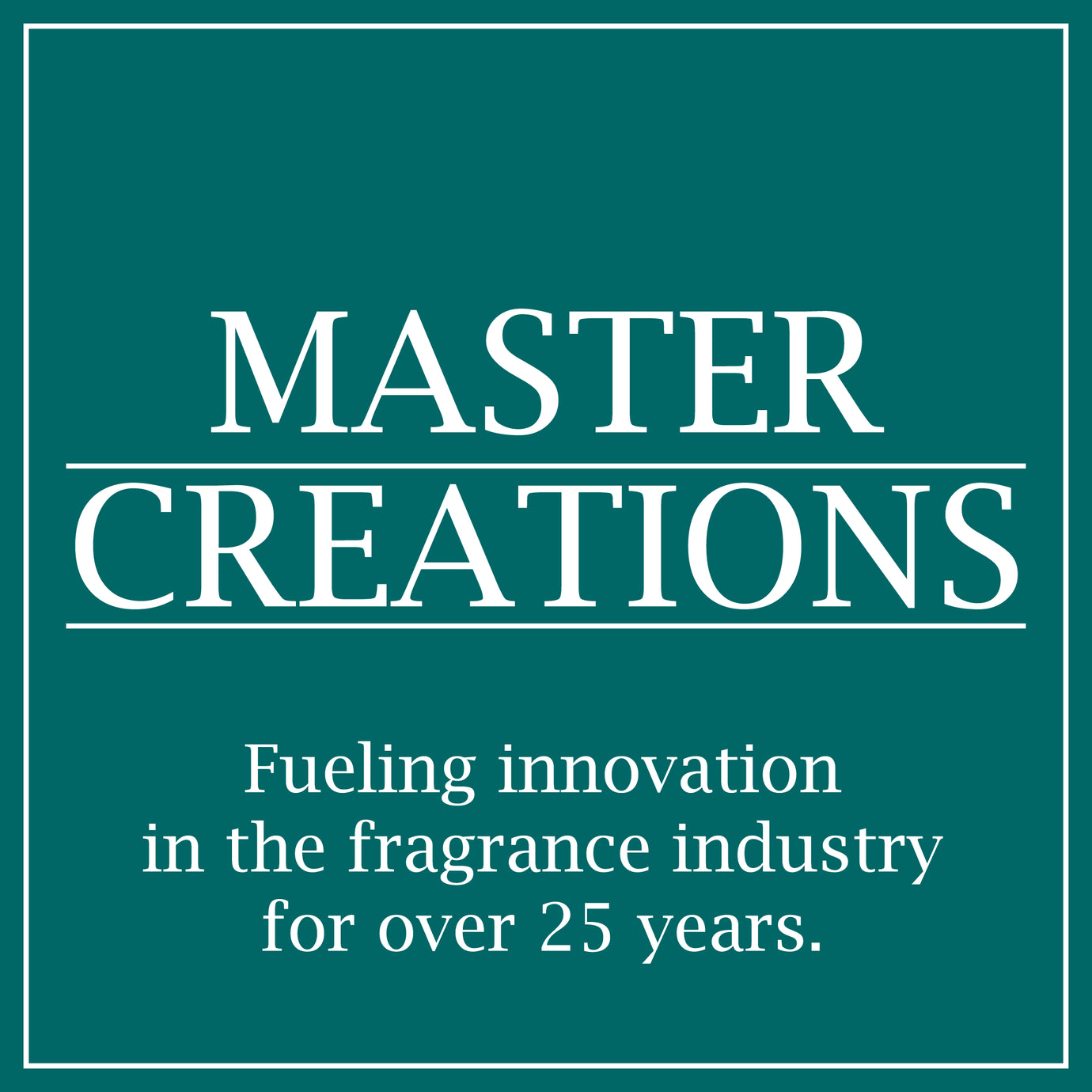The History of Lavender as a Fragrance: From Ancient Rituals to Modern Aromatherapy
A Fragrant Walk Through Time: The History of Lavender as a Fragrance
Lavender isn’t just a pretty flower with a lovely scent; it’s one of the oldest and most enduring aromatic plants in human history. From ancient Egyptian burial rituals to the aromatic sachets of Victorian ladies, lavender has served as perfume, incense, air freshener, and even spiritual cleanser.
Let’s dive into how this iconic plant has perfumed the ages.
Ancient Beginnings: Egypt, Greece, and Rome
Lavender’s fragrant story begins around 2,500 years ago in ancient Egypt, where it was prized for its preservative and aromatic qualities. Egyptians used lavender oil in their mummification process and in cosmetics for royalty (Worwood, 1991). Traces of lavender were even found in the tomb of Tutankhamun, suggesting its high value in funerary rites and spiritual cleansing.
Moving into the Greek and Roman eras, lavender was embraced as both medicine and perfume. The Greeks called it nardus, possibly named after the Syrian city of Naarda, and used it in baths to purify the body and spirit (Lawless, 2014). Roman soldiers carried lavender with them to treat wounds, while upper-class Romans scented their homes and public baths with it (Buckle, 2015). In fact, the Latin word lavare, which means "to wash", is believed to be the root of the word lavender, highlighting its connection to bathing and cleanliness.
Medieval Times: Potpourri and Sacred Spaces
In the Middle Ages, lavender took on a more domestic and spiritual role. It was frequently used in potpourri—a blend of dried flowers and herbs kept in sachets or bowls to ward off foul odors and plague. Lavender’s powerful scent was thought to repel evil spirits and disease, and, honestly, in the days before soap was widely used, anything that made a space smell nice was a godsend.
Lavender was also burned in incense form during religious ceremonies to purify churches and sacred spaces. Monasteries cultivated it in herb gardens for both fragrance and medicinal purposes (McGee, 2004). During the time of the Black Death, it was common for people to carry lavender-stuffed pouches, hoping to avoid sickness through the power of scent.

The Renaissance and Enlightenment: Scented Elegance
By the Renaissance, lavender was firmly associated with luxury, romance, and refinement. It became a favored ingredient in perfumes and scented waters, often used by European royalty and aristocrats. Queen Elizabeth I of England reportedly demanded fresh lavender for her table daily and wore lavender-scented gloves (Buckle, 2015).
As perfumery evolved in the 17th and 18th centuries, lavender became a key ingredient in scented candles, incense sticks, and room sprays, which were used to mask the lack of modern plumbing and sanitation. Lavender oils were also popular in apothecaries and were sold alongside herbs and tinctures.

Victorian Era: The Golden Age of Lavender in the Home
If there was a time when lavender truly flourished in households, it was during the Victorian era. The Victorians were obsessed with cleanliness and fragrance. Lavender became a symbol of domestic virtue and good taste. Lavender oil was used to scent linens, floors, clothing, and even the family Bible. Lavender sachets were tucked into drawers, and potpourri bowls adorned drawing rooms and parlors.
Candle makers began incorporating lavender essential oils into taper and pillar candles, which offered both light and fragrance, making them popular in wealthier homes. Lavender was so ubiquitous that entire businesses in England, like Yardley London, were built around lavender-scented toiletries and perfumes (Yardley London, Company History, 2022).
Lavender in Modern Aromatherapy and Air Care
Though our homes no longer smell of chamber pots and coal smoke, lavender’s popularity as a fragrance has never waned. In the 20th and 21st centuries, it transitioned from perfumery into the booming world of aromatherapy.
Today, lavender is found in everything from essential oil diffusers and soy candles to incense sticks, wax melts, pillow sprays, and air fresheners. While we’ll leave the scientific benefits for another blog, it’s safe to say that modern wellness movements have reinvigorated interest in lavender’s historical uses.
And let’s not forget the rise of DIY home fragrance projects. Many folks blend dried lavender into homemade potpourri, use lavender essential oils to create scented candles, or make their own incense using age-old recipes passed down through generations.

Key Ways Lavender Has Been Used as a Fragrance Through History
Here’s a quick breakdown of the many forms lavender has taken over the centuries:
- Potpourri: Dried flower mixtures used since the Middle Ages for air purification.
- Incense: Burned in religious and spiritual ceremonies from ancient times through the modern era.
- Candles: Scented candles gained popularity in the Renaissance and Victorian eras.
- Aromatherapy: Lavender essential oil became a wellness staple in the 20th century. Today, lavender-scented air fresheners and diffuser oils are universally praised for their ability to relax the body and mind.
- Sachets and drawer liners: A Victorian favorite that still exists today in many households.
- Perfume and Cologne: A staple in both early modern and contemporary fragrance blends.
Wrapping It Up: Lavender’s Scented Legacy
From ancient Egyptian tombs to Victorian parlors and modern spa retreats, lavender has proven itself as a timeless scent with deep historical roots. It has brought comfort, purification, and a touch of elegance to everyday life across millennia. Even today, it continues to be the go-to fragrance for calming our minds and freshening our spaces.
Next time you light a lavender candle or drop oil into a diffuser, remember—you’re tapping into a tradition thousands of years old.
FAQs About Lavender's History in Fragrance
Q: When was lavender first used as a fragrance?
A: As early as 2,500 years ago, particularly by the ancient Egyptians for mummification and perfumery.
Q: What was lavender used for in the Middle Ages?
A: Lavender was used in potpourri, incense, and sachets to combat bad odors and ward off disease.
Q: How did the Victorians use lavender?
A: They used it extensively in households—for linen sprays, drawer sachets, perfumes, and candles.
Q: Is modern aromatherapy connected to historical lavender use?
A: Yes! Aromatherapy builds on the ancient practices of using lavender for relaxation and purification.
Sources:
- Worwood, Valerie Ann. The Complete Book of Essential Oils and Aromatherapy (1991)
- Lawless, Julia. The Encyclopedia of Essential Oils (2014)
- Buckle, Jane. Clinical Aromatherapy: Essential Oils in Healthcare (2015)
- McGee, Harold. On Food and Cooking: The Science and Lore of the Kitchen (2004)
- Yardley London. Company History. (2022). https://www.yardleylondon.co.uk










